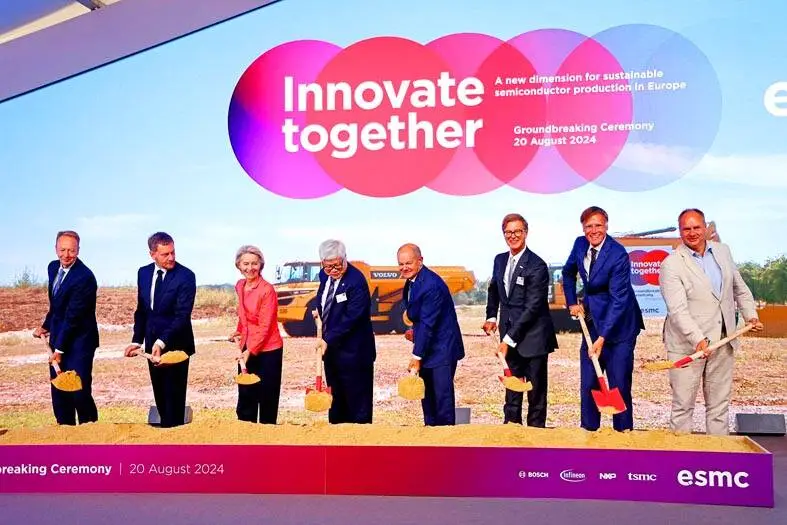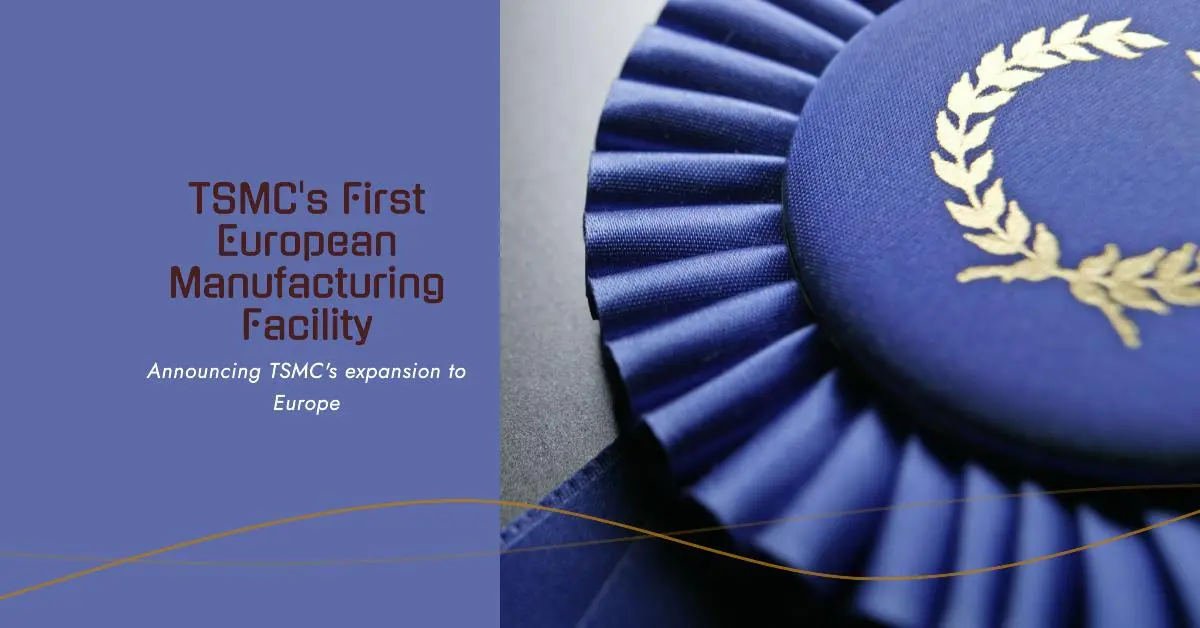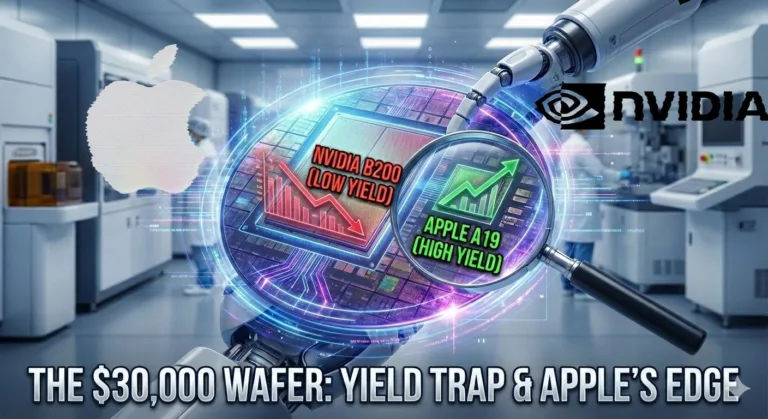Within a year of the announcement of investments in Europe from the world’s largest chipset manufacturer, TSMC has announced its first semiconductor manufacturing facility in Europe.
This TSMC’s fabrication facility will be based out of Dresden, Germany, and will be ready for production by the end of 2027.
With an expected cost of 10 billion euros, in which half of it is going to be covered by the subsidies from the European Union, It is expected to generate about 2,000 direct high-tech professional jobs along with tens of thousands of indirect jobs, which will help in bolstering Europe’s economy.
Each direct job created by the project is expected to stimulate the creation of numerous indirect jobs throughout the EU supply chain, bolstering the region’s economy.
Said TSMC
Partners of TSMC’s first semiconductor manufacturing plant in Europe.
The Dresden fab facility is being constructed in partnership with Bosch, Infineon and NXP . Each of these three holds a stake of 10% each in the fabrication facility, with TSMC holding the highest percentage of stake , 70%.
Here is what C.C Wei , CEO of TSMC spoke on the Dresden facility announcement.
Wei said. “With this state-of-the-art manufacturing facility, we will bring TSMC’s advanced manufacturing capabilities within reach of our European customers and partners, which will stimulate economic development within the region and drive technological advancements across Europe
Main Focus Area
Majorly, this Geramany facility from TSMC will focus on the requirements of the automotive sector of Europe.
Also Read : TSMC’s Fab 21: A New Milestone for US Semiconductor Industry
With productions maxing up to 40,000 12-inch wafers per month , coupled with TSMC’s 28, 22, 16, and 12 nm node technology, Europe is expecting to reduce its semiconductor dependence on other parts of the world, at least for automotive SOCs.
Why TSMC chose Germany for its first fabrication plant in Europe ?

As stated earlier, the major focus of this facility will be to fulfil the automotive sector demands of Europe.
And Germany is well known as a global leader in the automotive industry, with a large number of car manufacturers and suppliers, making it the perfect location for this new facility. Also the financial support from the German government is one of the key reasons for TSMC to establish its manufacturing facility in Germany.
Conclusion
As of 2023, TSMC operates a total of 17 fabs worldwide. These include four 12-inch wafer GIGAFAB® fabs, four 8-inch wafer fabs, and one 6-inch wafer fab in Taiwan, as well as one 12-inch wafer fab in Nanjing, China, and two 8-inch wafer fabs in the United States and China. With this new facility in Germany, the new count for TSMC’s fabs will come to 18.
Join our WhatsApp community
Further, this will boost the European Union’s aim of delivering one fifth of the world’s semiconductor manufacturing by 2030. Fingers are crossed , but it will be better to see how Germany evolves as the new centre for semiconductor manufacturing.
Discover more from WireUnwired Research
Subscribe to get the latest posts sent to your email.



